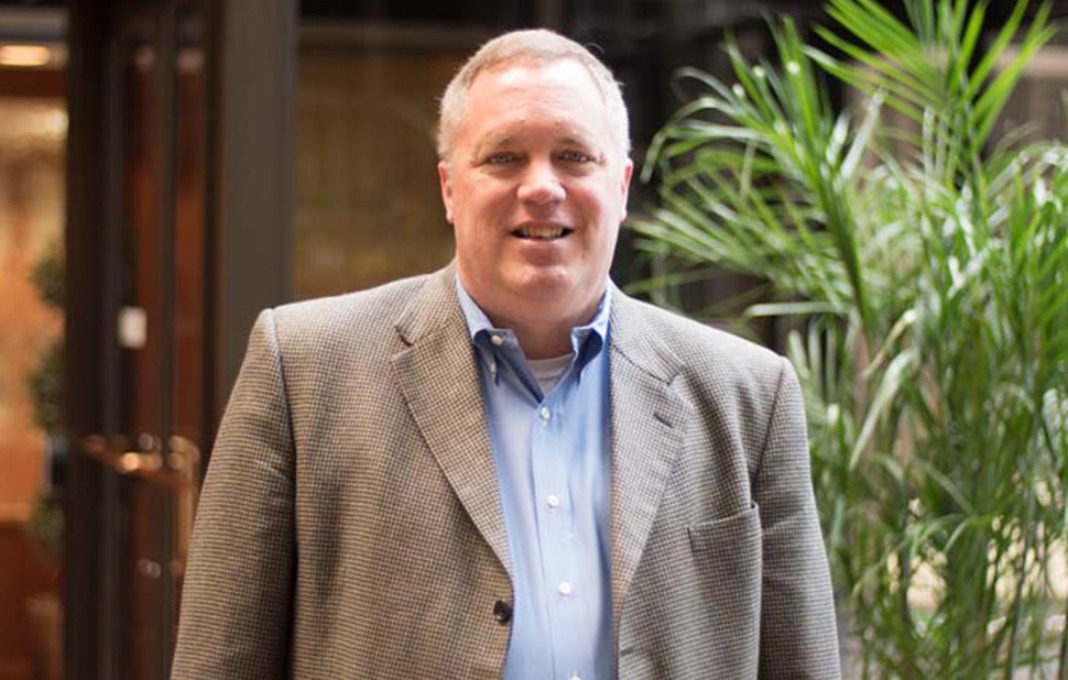Employee well-being needs to be a focus of more than the HR department, says Jim Mortensen, president of R3 Continuum, a Minneapolis-based company that provides behavioral health and workplace violence solutions.
Mortensen argues that business disruptions of any kind—but particularly those due to violent robberies or workplace injuries—can greatly impact the well-being of employees. And inadequate or even harmful company responses can backfire on the workforce, their productivity and the company’s bottom line.
Mortensen spoke with StrategicCFO360 about how the tight labor market is shifting company responses, how some industries have been disproportionately affected by the pandemic and the hard costs of not having a disruption plan in place.
Are there any types of industries that have been disproportionately affected by disruption and should be taking a more proactive approach than others?
The answer to this question lies in the type of disruption we are discussing, For example, robberies, assaults, etc., tend to be more prevalent in retail stores and banking. These industries have typically gone with either a paternalistic, supportive approach of spending time and money helping their employees recover, or some have taken the position that they will not invest and instead replace, in part because of economic pressures and the view that hiring new low-paid workers is cheaper than the cost of support.
In the tight labor market we are in now, the scenario has changed: Whether your company believes in and can afford a “do the right thing” approach, the reality is the cost and ability to replace employees makes it imperative to find ways to help employees get through disruption.
Accidents, injuries and deaths at the workplace are more likely in the trades: manufacturing, food processing and the like. This also impacts fire departments and police.
That said, the pandemic has altered the picture significantly and also exposed a new type of disruption we didn’t address directly before—I call it systemic disruption. Hospitals are a great example, as are fire and police departments. For many companies, a death of a coworker or guest or visitor at a workplace is relatively unusual, yet highly disruptive and we will have counselors on site to help. For hospitals, fire and police, that is a common occurrence.
However, the impact builds. That has always been true, but with the extreme case of the pandemic, we have seen a serious impact on our healthcare workers. We all know this—and while they see and experience death every day, the pandemic has challenged and at times overwhelmed their ability to cope. While they have internal resources to call on, those same people have also been overwhelmed and have little left to give.
What are some examples you’re seeing of common disruptions in the workplace today?
Timely examples include the shootings this year in Buffalo and Uvalde. This has also reactivated the impact for people who have experienced mass shootings in the past. I continue to be concerned about the mental health and isolation of people during the pandemic. While I understand and agree with the desire and benefit of hybrid and “remote” workers, there is a cost in both mental health and the identification and response to those in need. Humans largely need connection and a sense of community to be at their best and healthiest.
I think a lot of us know that one of the advantages of kids being in school is it is a place where supportive adults will see the child, notice if they are having physical or mental health issues, and connect them with resources that can help. I believe the workplace fills or can fill a similar role with adults and losing that is causing a delay in noticing and responding to people in need.
What are some of the hard costs businesses face when disruption occurs?
The following are some different categories of the types of hard costs businesses face when disruption occurs. The types of hard cost impacts will vary with the type of disruption:
Impact to reputation and brand impacting stock price. We’ve all seen cases where a failure to quickly and effectively respond to a serious disruption, like an active shooter, deaths at a concert, etc., can create massive financial losses both in stock price and in lawsuits.
Turnover and workers compensation claims. We have a client in the retail space who experiences a relatively high volume of robberies at their stores, many of them armed robberies. This led to roughly 50% of employees on site during a robbery never returning to their job, and very high work comp claims. They put a process in place where a counselor would reach out telephonically within two to 24 hours after the robbery, and at least twice more over the next few weeks. Turnover in those situations dropped to 14% and workers compensation claims costs dropped 15%, saving the company in the high six figures in direct costs in the first year of the program.
Productivity and absenteeism/presenteeism. While these categories are tougher to measure, they are certainly costs that businesses face both during and in the aftermath of disruption.
What is the business/financial case for why organizations should be proactive in their planning so they are prepared with who to contact, etc.?
First and foremost, when serious disruption occurs, it is critically important that the right steps are taken at the right time. A response that is a bit tone deaf or a delay in responding can have devastating effects to the employees and to the brand. The examples are well known of senior leaders who said the wrong thing at the wrong time.
Perhaps in part because of those examples, and the thought that actions can lead to lawsuits, a frequent problem is the company does not respond quickly enough, and by the time they respond it appears they are simply responding to avoid or diminish lawsuits—and even well-meant, well-designed responses that are late are not helpful.
R3 Continuum’s belief, based on our clinical experts, is that when bad things happen in the workplace, employees want to be heard. If employers and leaders proactively take steps to hear them, acknowledge the impact, and work to mitigate the harm and help them, then they’ve been heard and they will recover faster, return to work sooner and be more loyal to their employer. If the employer does not respond quickly and effectively, then the employee will look to be heard through other means such as filing workers compensation claims, contacting lawyers to file lawsuits, quitting their jobs, etc.
So, a timely and effective response to employees is critical. Companies have long known they need plans to quickly recover their workplaces and computers, but helping employees recover is at least equally important.








